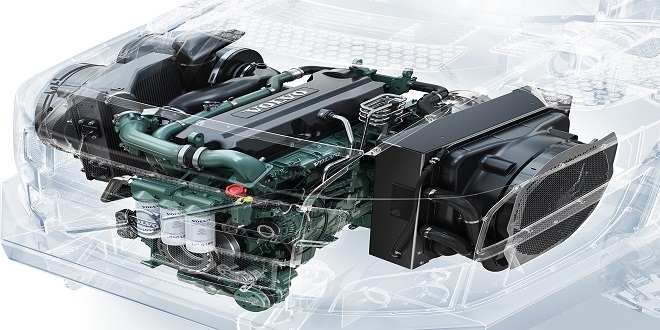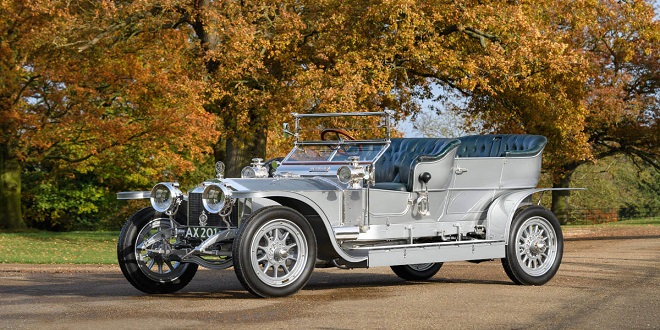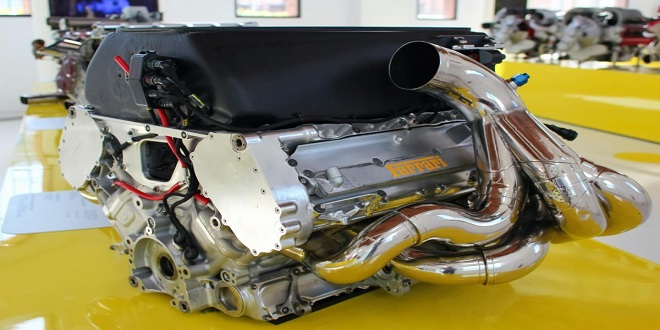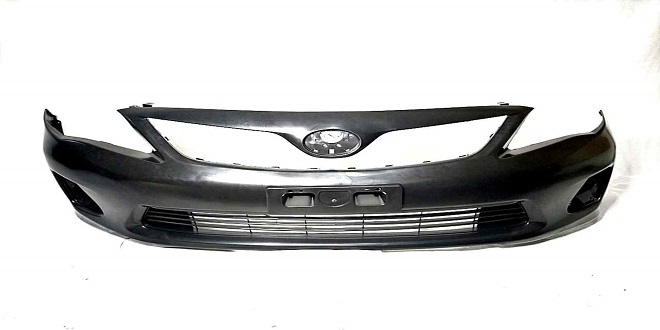Pneumatic Suspensions The air spring
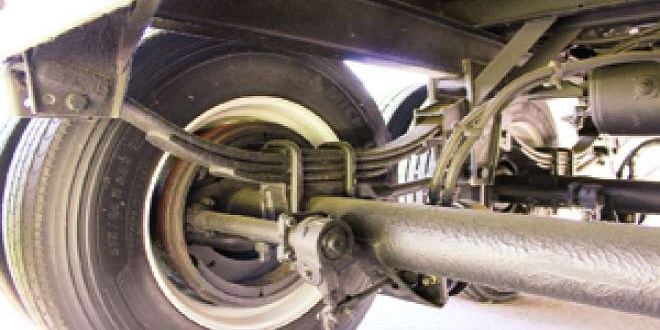
A mechanism for compressing and expanding an enclosed volume of air by means of a piston or diaphragm was first patented as a suspension spring in 1906 and a Cowey car fitted with pneumatic suspension was exhibited at Olympia Motor Show in 1909.
To demonstrate the concept we can compare the behaviour of a conventional steel spring, such as a coil spring or a torsion bar, and that of a pneumatic strut, shown schematically.
Let us consider the mass supported by the spring as 400 kg. With a rate of 20 kN/m a coil spring of constant gauge, coil diameter, and helix angle will exert a restoring force of 0.5 kN for a deflection of 25 mm, 1.0 kN for a deflection of 50 mm, and pro-rata up to a value of 3.0 kN for a deflection of 150 mm.
we see that the spring rates for small deflections are fairly close, but for large deflections, the pneumatic spring has a much greater rate. The extent of this increase in rate can be varied by increasing or decreasing the strut length in relation to the maximum deflection. Alternatively, an auxiliary chamber can be provided to increase the compressed volume at the maximum bump.
Temperature variations
A simple pneumatic strut would give a variable static ride height. If the ride height was at the designed height of Fig. 8.1 at 20°C, it would fall by 34 mm if the car stood overnight at a temperature of – 20°C. More devastating would be the effect of a rise in temperature from compression heating as the vehicle travels on a rough road.
A calculation made an Automobile Engineer in March 1955 suggested a rise of about 65°C in the air temperature without the provision of cooling fins or a forced cooling system. With an ambient temperature of 35°C, this would increase the ride height by 68 mm, an unacceptable increase.
Self-leveling systems
Variations in ride height is something we have lived with for so long that we accept it as normal. Consider a typical family saloon with a load on each rear spring of 300 kg with an empty rear seat and nothing in the boot (trunk). With a typical rear spring rate of 20 kN/m and an available wheel journey in a bump of 120 mm (4.7 in) the rear ground clearance. 175 mm (6.9 in).
The General Motors air suspension
The Eldorado Brougham was introduced in 1957 with air suspension by the Cadillac Division of General Motors. Despite the excellent ride and the advantages of self-levelling, the system was replaced by conventional steel coil springs in 1960.
the proven reliability of coil springs was an inexpensive and quick solution to an embarrassing situation. It was admitted by Motor that the earlier Cadillacs had set a very high standard. Even so, they stated that the air-sprung Eldorado ‘gave an amazing improvement’ over badly surfaced roads.
Last word
On this GM design, each front surge tank was mounted neatly inside the frame side-member. The bellows unit became a compact design of rolling diaphragm. This diaphragm had a 3-in diameter hole in the center, thus making the volume below the diaphragm part of the effective volume.


